
Do You Know What is a Soccer Field?
A soccer field, also known as a football pitch in many parts of the world, is the playing surface for the game of soccer. One of the essential elements of this game is the field, which plays a crucial role in how the game unfolds. The dimensions, surface, and layout of a soccer field are all regulated by the sport’s governing bodies, ensuring a standard playing experience across different competitions. In this article we will explore various aspects of the soccer field, such as its size, markings, the number of players.
How Long is a Soccer Field?
The length of a soccer field can vary based on the level of play. According to the International Football Association Board (IFAB) and FIFA, the standard length for a soccer field used in matches is between 90 meters (100 yards) and 120 meters (130 yards). This flexibility in length allows stadiums worldwide to meet the specific needs of different competitions(History Of Soccer).
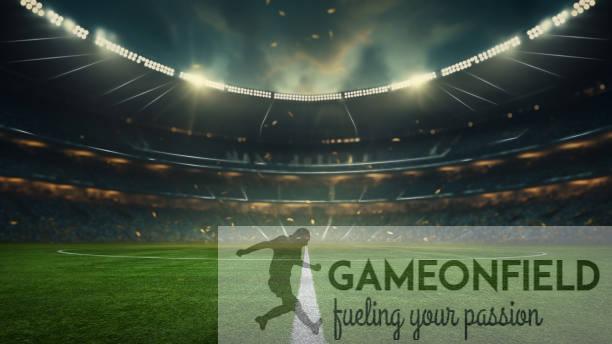
For example, international matches usually take place on fields measuring around 105 meters (115 yards). At the same time, recreational and youth soccer fields may have shorter dimensions to accommodate different levels of players. The variation in size ensures that the game remains adaptable and accessible at all levels.
How Big is a Soccer Field?
Soccer fields have a wide range of sizes. But the standard field for professional and international matches is typically 105 meters (115 yards) long and 68 meters (74.4 yards) wide. While the length may vary, the field’s width generally ranges between 64 meters (70 yards) and 75 meters (82 yards).
The size of a soccer field has a direct impact on gameplay. Larger fields provide more space for tactical movements, while smaller fields may lead to faster and more aggressive matches. Fields for youth soccer are often smaller, allowing younger players to adapt to the game’s physical demands more easily.
How Many Yards is a Soccer Field?
Soccer fields in the United States are often measured in yards, given the country’s use of the imperial system. A standard soccer field is generally 100 to 130 yards in length and 50 to 100 yards in width. The smaller dimension for width is vital for youth leagues or recreational games(History Of Soccer).
The goal area, often referred to as the “6-yard box,” is precisely 6 yards (5.5 meters) from the goalposts, while the penalty area is 18 yards (16.5 meters) from the goal line, forming what is known as the “18-yard box.” These specific measurements ensure consistency in gameplay, no matter where or when a game takes place.
Soccer Field Diagram
To understand the soccer field better, it’s important to visualize its layout. A typical field is divided into two halves by the halfway line. Each half contains a goal area, a penalty area, and various markings that guide players and referees during the match. Here’s a breakdown of the key areas on a soccer field:
- The Touchlines: These are the longer boundary lines along the sides of the field. They must be between 90 and 120 meters long.
- The Goal Lines: These shorter boundary lines define the width of the field and measure between 45 and 90 meters.
- The Center Circle: Located in the middle of the field, this circle has a radius of 10 yards (9.15 meters) and is crucial during kick-offs.
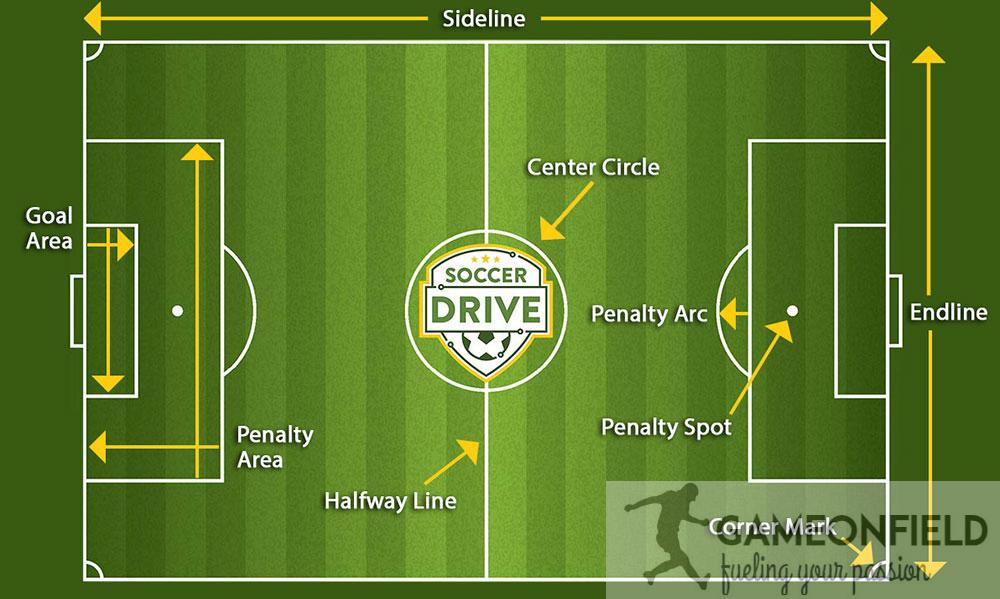
Other elements, like the penalty mark, are placed exactly 12 yards from the goal, ensuring uniformity across fields worldwide. A quarter-circle arc at each corner flag post allows players to place the ball for corner kicks.
How Many Players Are on a Soccer Field?
In a standard soccer match, each team is allowed to have 11 players on the field at any time. This includes one goalkeeper and 10 outfield players. While the number of players remains constant in professional games, the number of substitutes varies based on the competition rules. Typically, teams are allowed to have a set number of substitutes on the bench, but only 3 to 5 substitutes can be used during the match.
In youth leagues or smaller tournaments, the number of players per team can be reduced to 7 to 9 players. This is mainly done to ensure the smaller-sized fields are adequately utilized without overcrowding.
Soccer Field Dimensions and Markings
Markings on the soccer field play a crucial role in organizing the game. Each marking has a specific purpose and dimension, governed by FIFA regulations:
- Goal Area: Known as the 6-yard box, this area extends 6 yards from each goalpost and into the field.
- Penalty Area: Also called the 18-yard box, this area extends 18 yards from the goal line. Within this zone, goalkeepers can use their hands, and fouls committed by defenders result in a penalty kick.
- Penalty Spot: A mark made 12 yards from the center of the goal, where penalty kicks are taken.
- The Corner Arc: A 1-yard arc at each corner flagpost, marking where the ball should be placed during a corner kick.
These dimensions help maintain the consistency of soccer games, ensuring players and referees adhere to the rules no matter where the game is played.
Field Surface Types
The playing surface of a soccer field can vary depending on location, competition, and weather conditions. There are two main types of surfaces: natural grass and artificial turf.
- Natural Grass: This is the preferred surface for professional and international games. However, it requires regular maintenance, such as mowing, watering, and aerating, to keep it in playable condition.
- Artificial Turf: Many fields, especially in colder climates, use artificial turf to reduce maintenance costs and ensure year-round play. Modern turf is designed to mimic the feel of natural grass and provides a reliable playing surface during adverse weather conditions.
While artificial turf is common for recreational or youth games, professional tournaments like the FIFA World Cup mandate natural grass.
Technical Area and Field Equipment
The technical area is reserved for coaches, substitutes, and team staff. It’s a clearly marked area on the sideline, usually containing benches for the substitutes. The dimensions of the technical area vary depending on the stadium but typically allow for enough space to manage teams during the game(Your Soccer Home).
Other key pieces of field equipment include:
- Goalposts: These are 8 yards (7.32 meters) apart and 8 feet (2.44 meters) high.
- Corner Flags: These flags are placed at each corner of the field, standing at least 5 feet (1.5 meters) high(History Of Soccer).
These markings and equipment are vital for ensuring the game is played fairly and safely, adhering to FIFA and UEFA regulations.
Field for Youth and Smaller Matches
The dimensions of a soccer field are adjusted for youth and smaller-level matches. These fields are often smaller, with reduced length and width. For instance, a 9v9 soccer match might take place on a field measuring 80 yards long and 50 yards wide. This adjustment allows younger players to develop their skills more effectively on a smaller field.
Similarly, high school and amateur leagues may also modify field sizes to match the players’ abilities, ensuring a more balanced game.
Conclusion
A soccer field is more than just a surface to play on. It is a carefully measured and regulated area that impacts how the game unfolds. From the length of the touchlines to the size of the penalty area, each part of the field is vital for the flow of the game. The field’s surface, whether natural or artificial, adds another layer of complexity, influencing how players move and interact with the ball.
Understanding the intricacies of the soccer field helps fans and players appreciate the game’s structure and rules, making the world’s most popular sport even more fascinating.



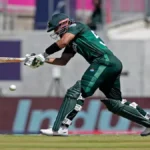





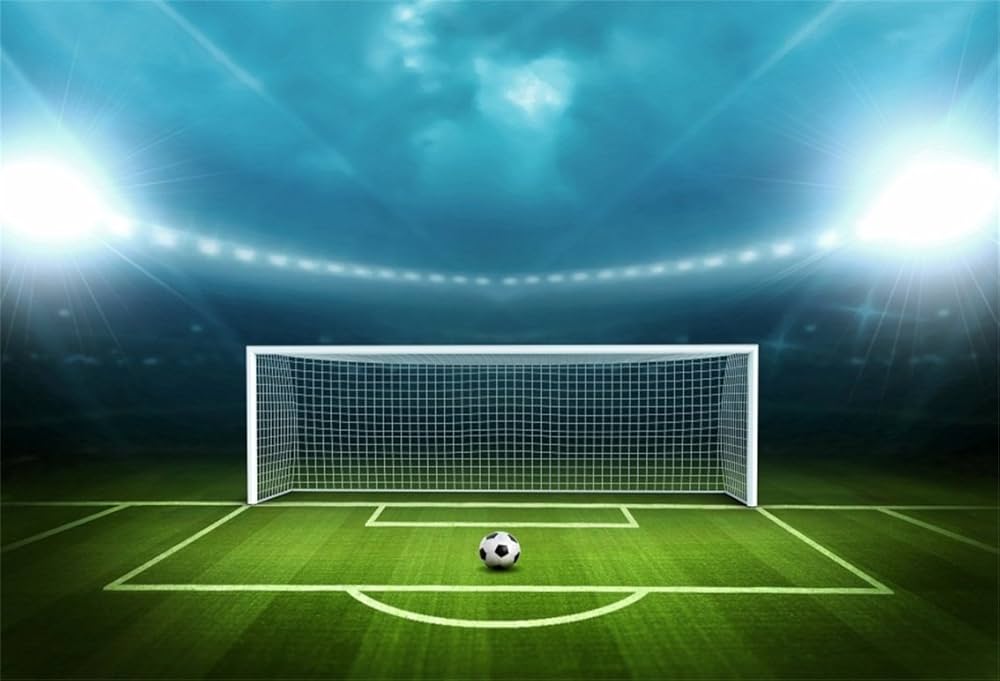

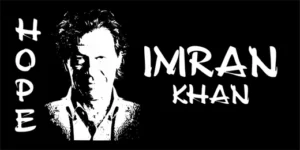


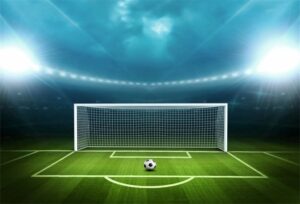
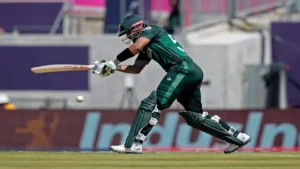
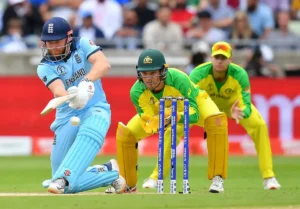




Post Comment
You must be logged in to post a comment.